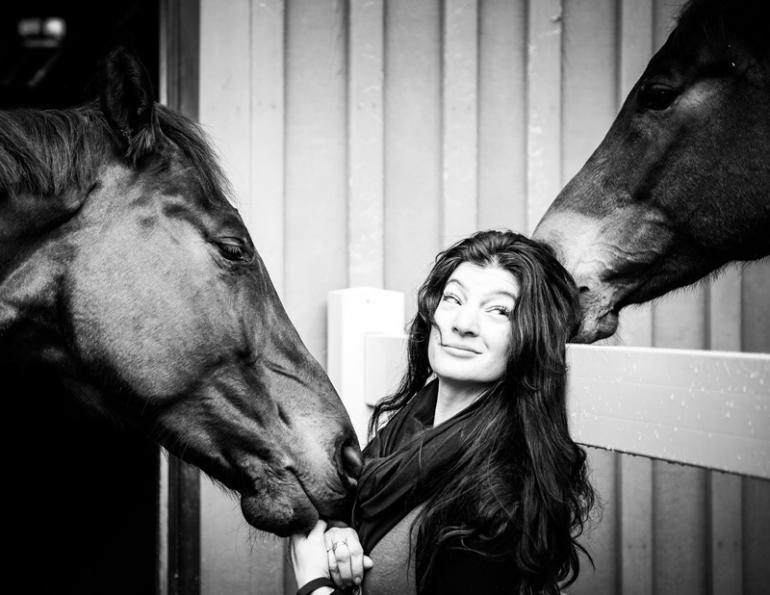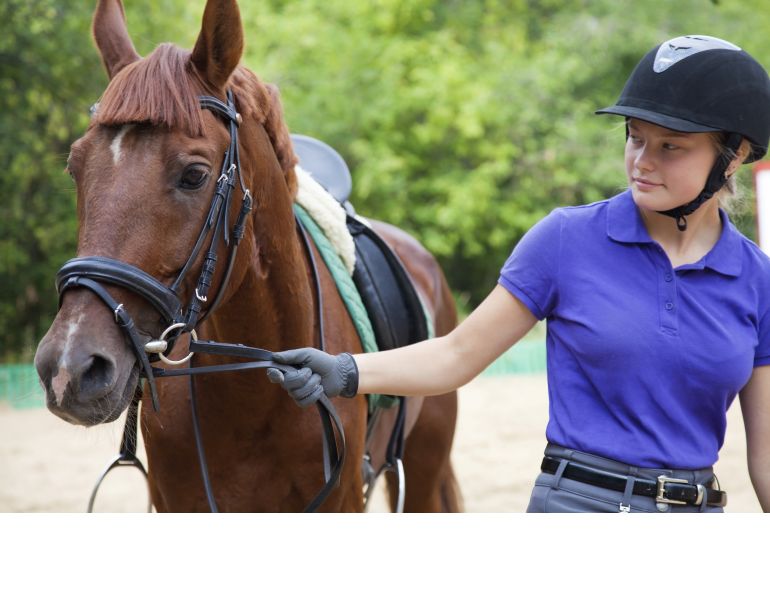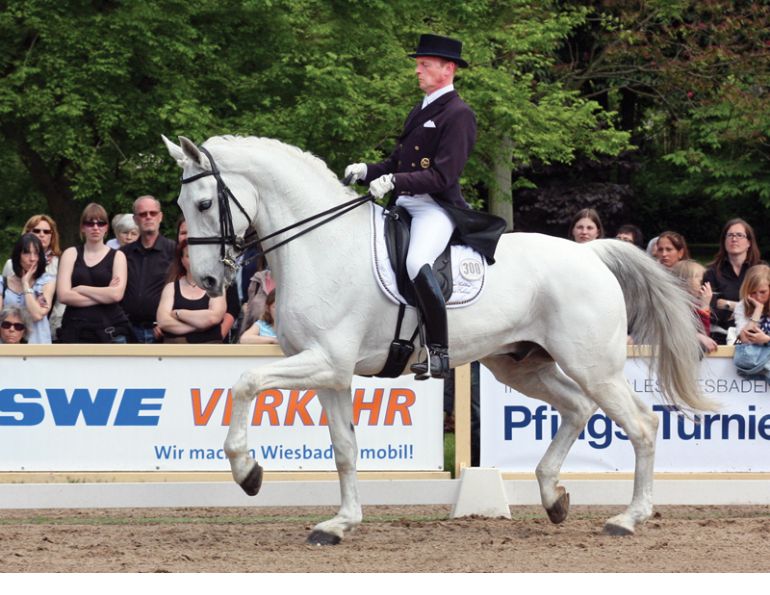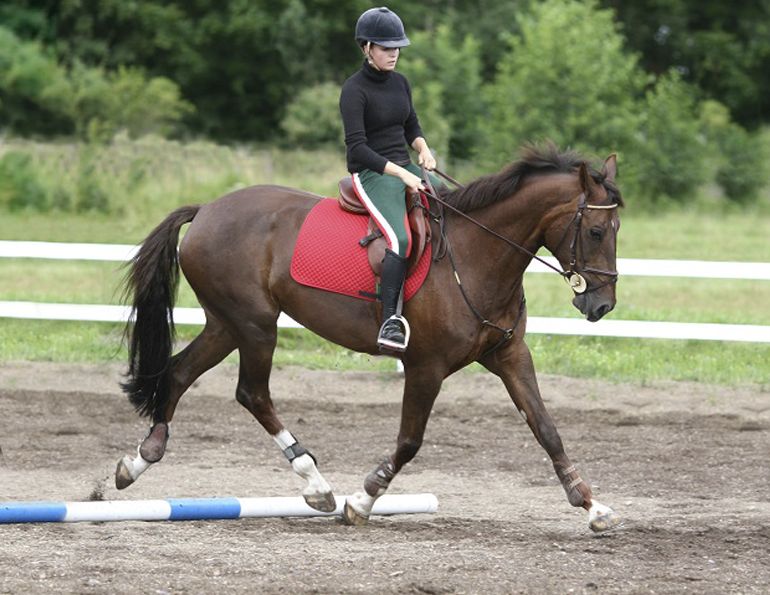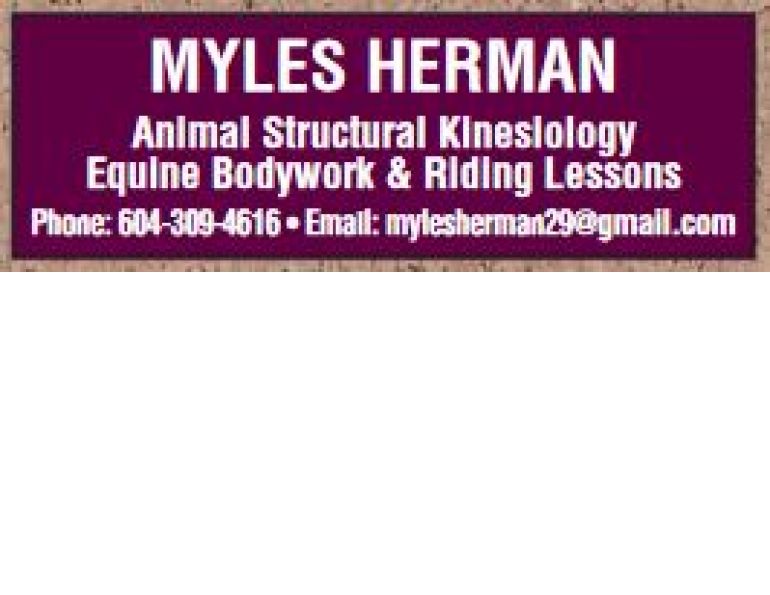By Lindsay Grice
Seated at the head of the quiet classroom, I watched the students in the classes I teach write their Equine Behaviour and Equine Business final exams, noting the happy faces of smug recognition (“Yes, I studied that!”) and the winces (“Rats, I’d hoped that material wouldn’t be on the test”). I empathize with them. I know what it’s like to sit in the “test seat” – as a student in university and, more recently, writing judging exams. And as a competitive rider, every horse show is a test.
The show ring is a snapshot of what you and your horse know – on this day, in this environment. To really know something is to have it ready in any situation. Athletes hone their skills to be able to perform them in the face of every kind of stressor, within or without.
The dressage world has it right in using the term “test” for competition. As a young rider, I came to my share of tests simply hoping that things would “work out in the ring.” From my judge’s chair, I’ve witnessed countless others like me – all unprepared. It’s those times that I’d like to replace my judge’s hat with my coaching visor and help these riders with some pointers in the practice ring.
So how can you prepare to ace your next horse show quiz? Here are some practice tips and pitfalls to avoid…
#1 – Research the questions that will be asked.
I remember entering my first A circuit jumper class after a successful start with my first horse at the schooling level, where I had earned many ribbons flying by the seat of my pants. My horse (a Standardbred) was brave and fast (even at his racing trot) and I had a secure position. Well, the little guy simply didn’t have the length or adjustability of stride he needed, and I didn’t have the tools in my kit to answer the questions in this more advanced test. I had made my entry without any idea about the kinds of questions that would be asked on such a course. At this level, I would encounter strategic combinations of fence styles, sizes, line distances, and tracks between fences.
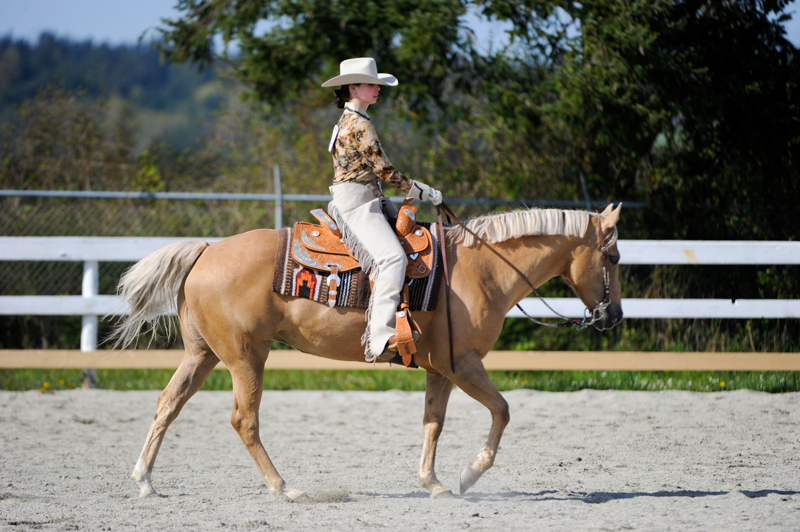
Do your research to find out what the judge is looking for in any particular class. For example, in a Western riding class, emphasis is placed on smoothness, cadence, and balance. Photo: Robin Duncan Photography
Had I attended more of these shows as a spectator, familiarized my eye with the range of what I might encounter at this level, and copied sections of the course to set up at home, I would have prepared more wisely.
Riders can access copies of reining patterns and dressage tests on their discipline association’s website. Samples of trail, equitation, and showmanship patterns are available all over the web. Online rule books describe maneuvers that could be asked in an equitation medal test. Gait calls are specified for the hack division (and do you know the difference between road, show, and pleasure hack?). Ring sizes and distances are also available online.
#2 – Know the class rules.
I’m surprised at how many competitors really don’t read their rule books. Every year the rules specifying illegal tack, class procedures, and scoring systems may be revised a bit. Breed associations may differ slightly within the same discipline. For instance, after the last fence on your Equine Canada sanctioned hunter course, you must break down to a walk and exit the ring, being prepared to trot back in for soundness if your number is called. In a hunter class at an American Quarter Horse Association event, however, it’s mandatory to trot a circle for soundness before exiting the ring.
By being aware of how classes are scored, you’ll become mindful of key places to avoid penalties. For example, slightly overshooting the stopping point in a reining spin will earn you a penalty point. Penalties are also earned for hitting a pole in a trail class, and late lead changes or using your voice in dressage. What happens if you start your pattern on the wrong side of a marker? Elimination. Same goes for using your free hand on the reins with a curb bit or backing your horse more than two strides (unless it’s called for) in a pattern.
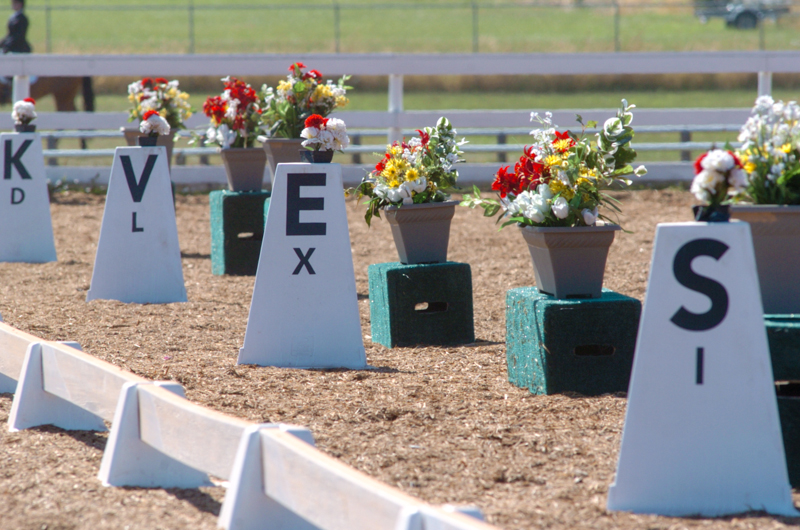
By being aware of how the class is scored, you’ll become mindful of key places to avoid penalties. For example, in a dressage test, failure to complete a transition at the specified letter exactly will result in a lower mark for that movement. Photo: Robin Duncan Photography
An excellent individual equitation pattern on the flat is described as “accurate, smooth, and precise, displaying cadence and impulsion and a high degree of professionalism.”
The showmanship exhibitor “should appear business-like, stand and move in a straight, natural, and upright manner, and avoid excessive, unnatural, or animated body positions.”
A mental movie of the ideal pattern and lead changes for Western riding is laid out in the rule book, with “emphasis placed on smoothness, even cadence of gaits (i.e., starting and finishing pattern with the same cadence), and the horse’s ability to change leads precisely, easily, and simultaneously both hind and front at the centre point between markers. In order to have balance, with quality lead changes, the horse’s head and neck should be in a relaxed, natural position, with his poll level with or slightly above the level of the withers.”
An excellent Western loping horse “has a round back with an effortless strong, deep stride with the rear legs and a flat swing with the front legs. He keeps a level topline, a relaxed yet alert and confident appearance, and is correct but soft, with a great degree of lift and self-carriage.”
And “getting the gate” will be the horse that “does not have a three-beat gait. Has no flow, rhythm, or balance. No lift or self-carriage. The horse shuffles, has no flow, and bobs his head, giving the appearance of exerting a great deal of effort to perform the gait. Also may appear uncomfortable to ride.”
When you fill in the mental picture provided by the adjectives in these descriptions, you’ll have a good standard to take with you to the schooling arena.
#3 – Have the answers ready.
If class rules specify that a turn on the forehand, rein back, hand gallop, or counter canter may be asked for, you need to learn how to do them. The show ring is not a place to practice. Each time you try something and fail to follow through, you are “untraining” your horse. Time doesn’t permit you to follow through in the show ring, and this is where your horse will learn to evade you, deteriorating into all sorts of issues under the umbrella of “ring sour” behaviour.
As a judge, I’m often saddened that many riders do not have the basic “phonics” of riding before entering the show ring. One should not be jumping without the foundation of lateral control (leg-yielding), pace control (shortening or lengthening stride), and connection (softening to the bit and adjustability of the frame).
At home, practice the tough stuff, not just what comes easily. Every session should introduce a new skill or refine a learned skill to make it smoother, faster, slower, higher, or tighter – whatever the ideal you’re shooting for.
#4 – Have a Plan B.
If the first answer you practiced at home doesn’t work in the show ring, have another one ready. US Olympic Committee Sport Psychologist Sean McCann says a trait of mental strength is “a resilience that allows an athlete to roll with unforeseen circumstances such as a bad lane assignment, a poor night’s sleep, or a head-to-head collision just before race time.”
A figure skater who misses a jump is programmed to get up, regain the rhythm, and finish strong. Similarly, if your horse misses a lead change or spooks off the rail, regain your rhythm and end on a positive note. So often a rider will blow one element in a class and sacrifice the rest of the class by dwelling on it. Even if you’re out of the ribbons, use the rest of the class as a training opportunity for next time.

It’s not uncommon for a rider who makes a mistake in one element of the class to then sacrifice the rest of the class by dwelling on it. If your horse misses a lead change, spooks, or otherwise acts up, regain your rhythm and end on a positive note. Photo: Paul Keleher/Wikimedia Commons
#5 – Memorize your course, pattern, or test.
As a young rider, I went off course more times than I can count. The result is that it taught me how to memorize and, as a coach, to empathize with students who struggle like I did. Learning styles vary, but here are some tips that may help.
- Use coloured markers to highlight the various sections in your pattern. Pink may be lope obstacles in a trail pattern, or the jump-off in your jumper course.
- Take it from the middle. Rehearsing your route only from the beginning makes you learn the first part of your course well, but things can get foggy from there. Try starting in the middle and reciting the test to the end.
- Walk it. Set up some pylons by your truck and trailer and walk the pattern on foot. Practicing over and over will sour your horse, so leave him to eat hay while you rehearse your game plan.
- Watch the riders before you, noting their challenges and learning from their mistakes. A note of caution here: Too many times I have watched in dismay an entire class following the leader off pattern. Have the confidence to stick to your convictions, having thoroughly memorized the pattern.
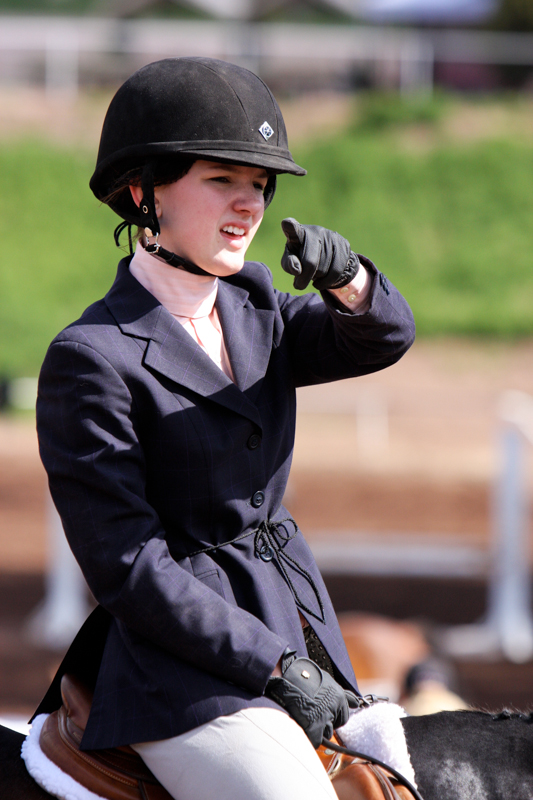
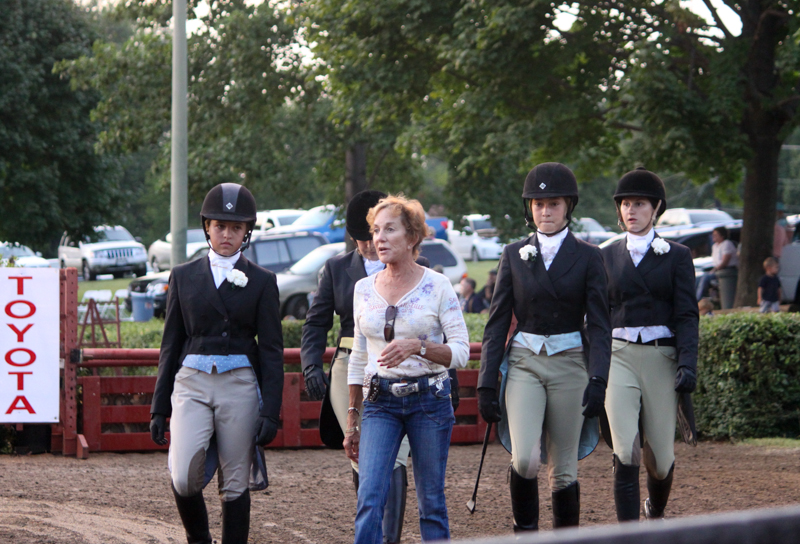
There are a number of methods that can help you memorize your course, pattern, or test – from walking the course or pattern on foot to watching the riders before your round.
Control what you can outside the ring – your skills, your game plan, your turnout – and don’t sweat the stuff you can’t control – footing, weather, the judge, the opinions of others. Over-prepare and go with the flow.
To read more by Lindsay Grice on this site, click here.
Main photo: The key to acing the horse show test is in knowing what questions will be asked and preparing to be able to respond with the correct answers. Photo Credit: River Bend Designs





